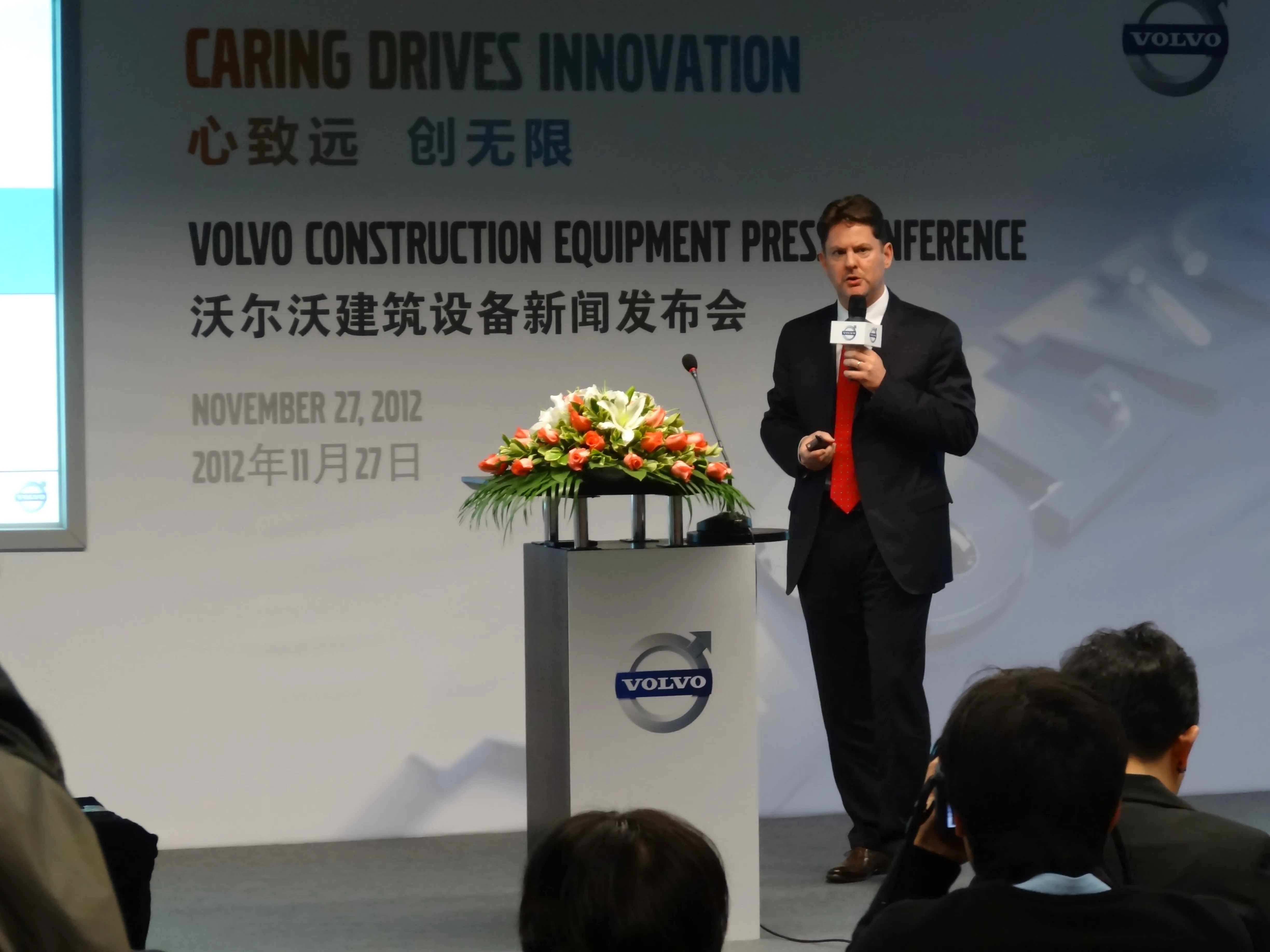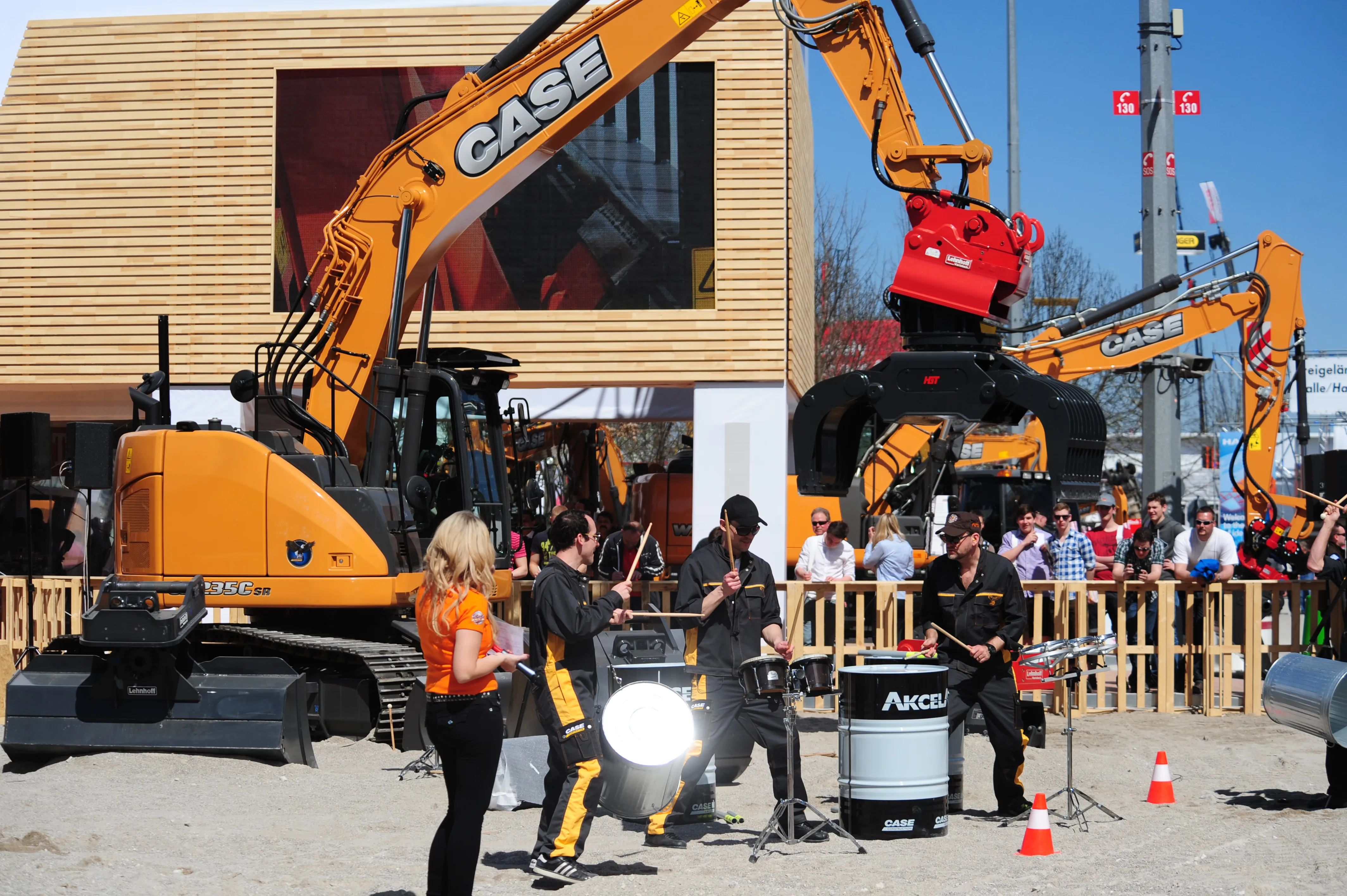Sharply reduced global demand for construction equipment in the final three months of last year led to Volvo Construction Equipment’s (CE) full 2012 year sales growing by less than 1%, compared to sales in 2011. Volvo CE sales reached US$10.037 billion (SEK 63,558mn) in 2012, compared to $10.028 billion (SEK 63,500mn) the previous year. Operating income was down to $911.7mn (SEK 5,773mn), from $1.075 billion (SEK 6,812mn) in 2011, operating margin was 9.1% in 2012, down from 10.7% 12 months earlier, and the
February 7, 2013
Read time: 2 mins

Sharply reduced global demand for construction equipment in the final three months of last year led to 2394 Volvo Construction Equipment’s (CE) full 2012 year sales growing by less than 1%, compared to sales in 2011.
Volvo CE sales reached US$10.037 billion (SEK 63,558mn) in 2012, compared to $10.028 billion (SEK 63,500mn) the previous year. Operating income was down to $911.7mn (SEK 5,773mn), from $1.075 billion (SEK 6,812mn) in 2011, operating margin was 9.1% in 2012, down from 10.7% 12 months earlier, and the order book value on December 31 2012 was 36% below that of the same point in 2011.
In Q4 2012, the softer world market, particularly in the mining sector, contributed to a 23% drop in year-on-year net sales to $1.985 billion (SEK 12,572mn), compared to $2.582 billion (SEK 16,354mn) over the same period of 2011. After adjustment for changes in exchange rates, net sales fell by 22%.
Despite the tough sales climate Pat Olney, president of Volvo CE, said 2012 as a whole had still been a “reasonable year”, with the construction equipment giant claiming to have extended its Chinese market leadership for wheeled loader and excavator sales.
Speaking of Volvo CE’s global trading, he added: “We sold over 78,000 machines, recorded the company’s second highest ever revenues and our proactive downturn management helped protect cash flow and profitability. We recognised the turn in the industry early, and the work undertaken to reduce pipeline inventories was successful.”
Olney said that company stock levels had been reduced by around 30% since last spring 2012 and were now in keeping with current demand.
In 2013, Volvo CE predicts overall global sales prospects to remain subdued, with Europe sales forecast to decline by 5-15%. Asia, excluding China, is expected to see a sales decline of 0-10%, while China, North America, South America and other markets are all predicted to see sales ranging from -5% to plus 5%.
Volvo CE sales reached US$10.037 billion (SEK 63,558mn) in 2012, compared to $10.028 billion (SEK 63,500mn) the previous year. Operating income was down to $911.7mn (SEK 5,773mn), from $1.075 billion (SEK 6,812mn) in 2011, operating margin was 9.1% in 2012, down from 10.7% 12 months earlier, and the order book value on December 31 2012 was 36% below that of the same point in 2011.
In Q4 2012, the softer world market, particularly in the mining sector, contributed to a 23% drop in year-on-year net sales to $1.985 billion (SEK 12,572mn), compared to $2.582 billion (SEK 16,354mn) over the same period of 2011. After adjustment for changes in exchange rates, net sales fell by 22%.
Despite the tough sales climate Pat Olney, president of Volvo CE, said 2012 as a whole had still been a “reasonable year”, with the construction equipment giant claiming to have extended its Chinese market leadership for wheeled loader and excavator sales.
Speaking of Volvo CE’s global trading, he added: “We sold over 78,000 machines, recorded the company’s second highest ever revenues and our proactive downturn management helped protect cash flow and profitability. We recognised the turn in the industry early, and the work undertaken to reduce pipeline inventories was successful.”
Olney said that company stock levels had been reduced by around 30% since last spring 2012 and were now in keeping with current demand.
In 2013, Volvo CE predicts overall global sales prospects to remain subdued, with Europe sales forecast to decline by 5-15%. Asia, excluding China, is expected to see a sales decline of 0-10%, while China, North America, South America and other markets are all predicted to see sales ranging from -5% to plus 5%.








